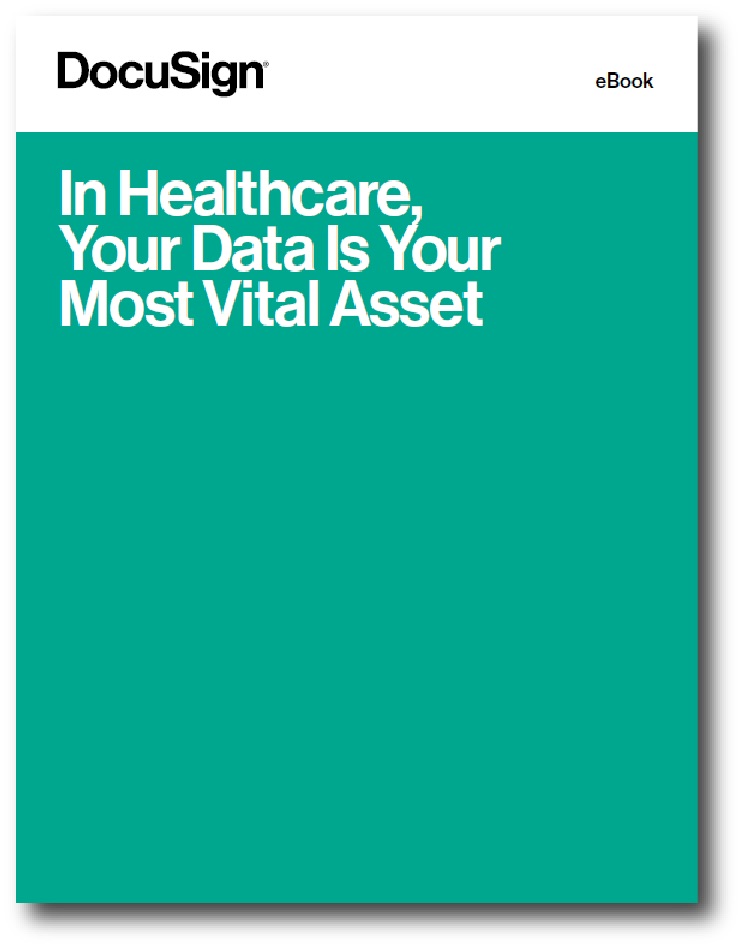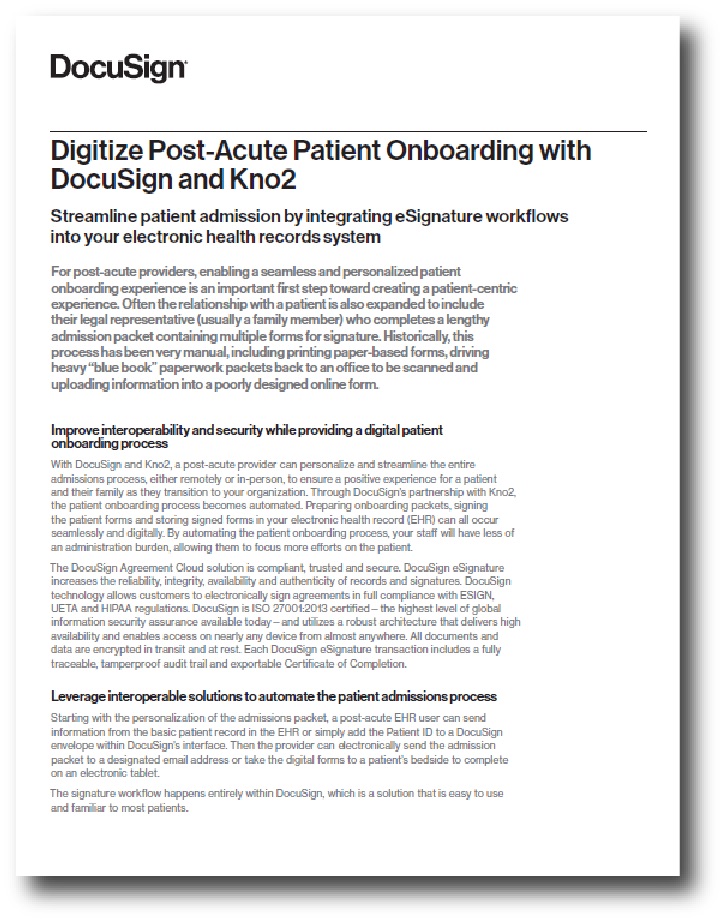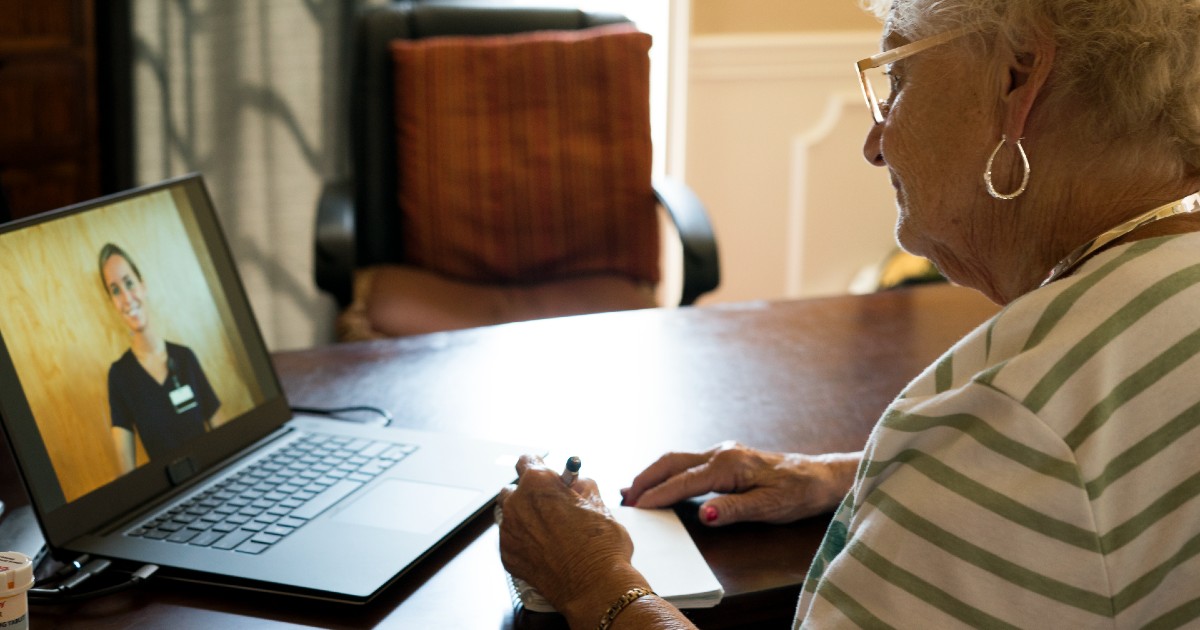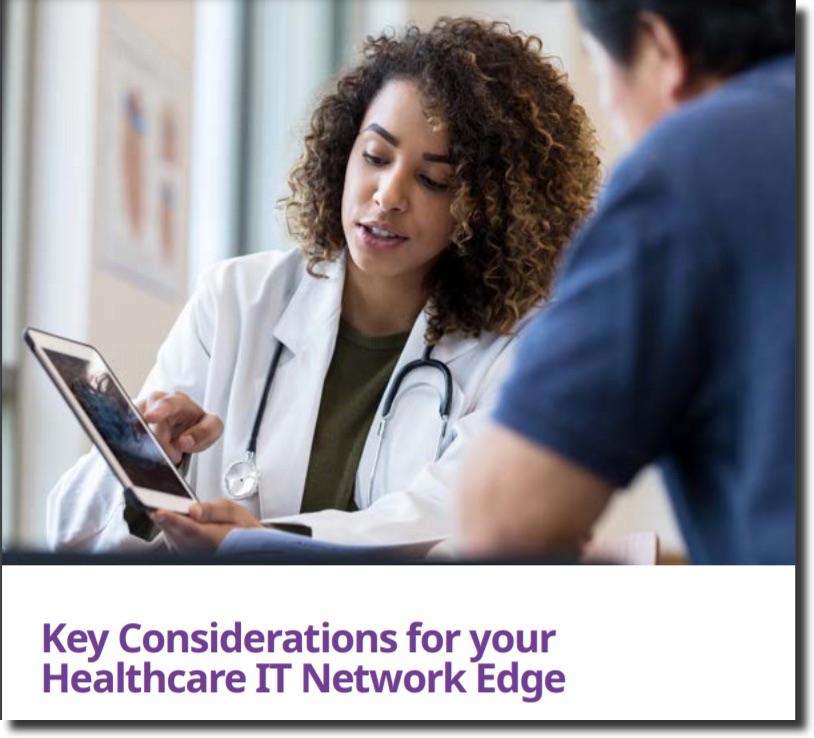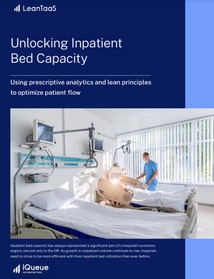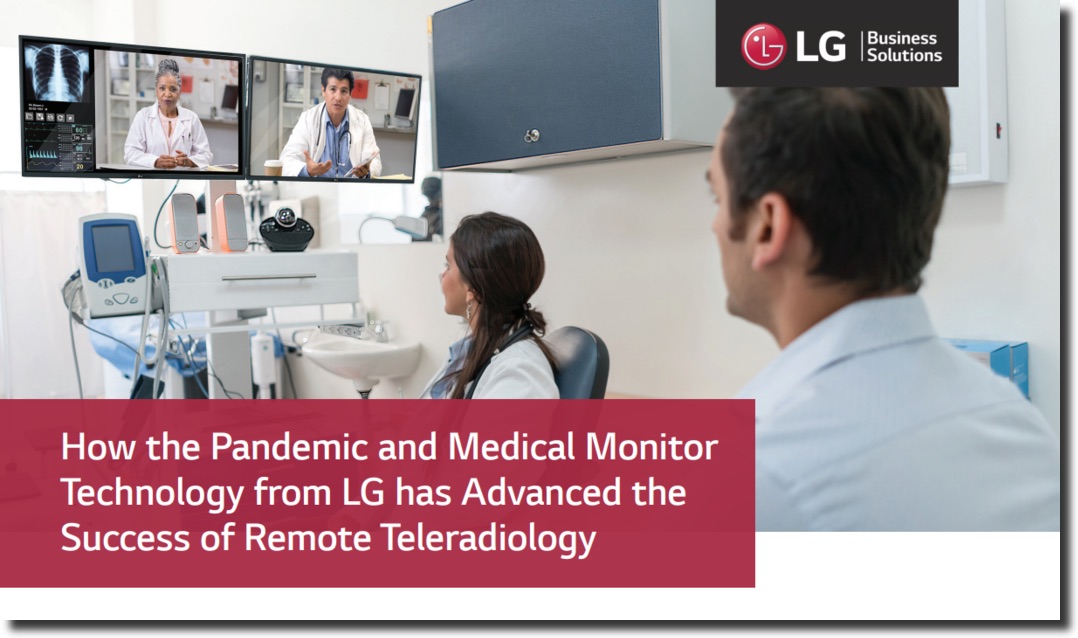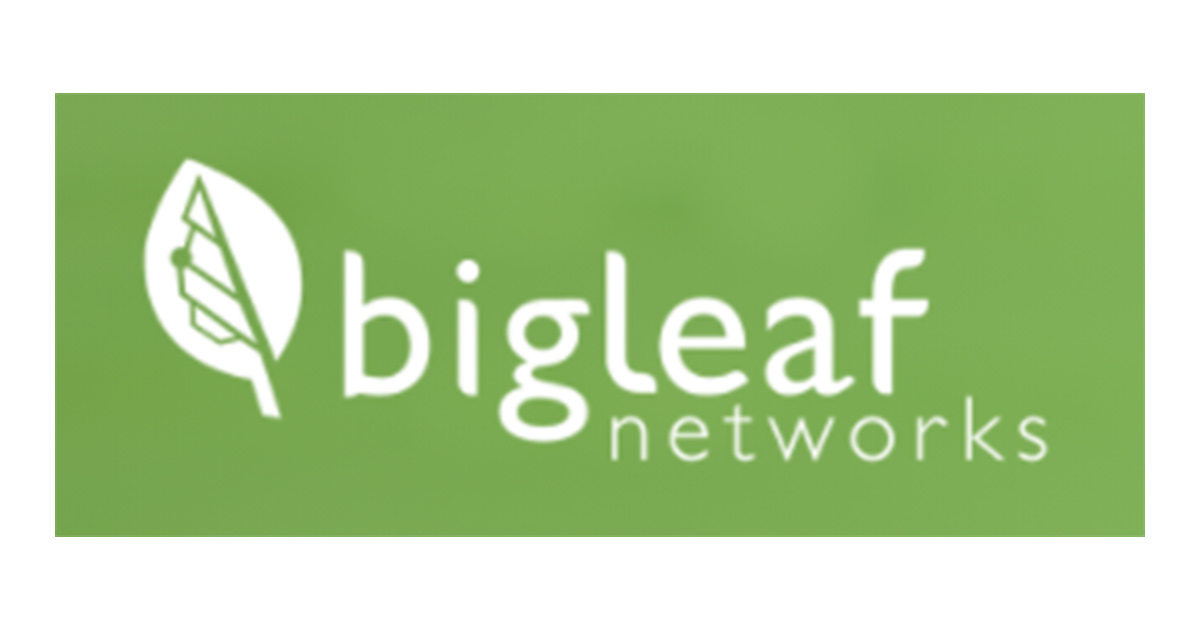Cloud Computing
SPONSORED
The digital transformation of healthcare includes a trend toward “data-driven” healthcare. But what does that mean for your practice and your patients? To become truly data-driven, your organization will need to overhaul and digitize outmoded paperwork-based operations. Although digitization may seem like a large and complex project, it’s a necessary step to establishing a source of verifiable, trustworthy data that can help streamline internal management, improve the patient experience and potentially save patients’ lives.
The typical patient admission process for post-acute providers usually involves transporting paper-based forms, filled out and signed by patients or family members, to a provider’s office to be scanned and uploaded online. However, post-acute providers can provide a more positive patient admissions experience by leveraging the power of the DocuSign Agreement Cloud. In partnership with Kno2, DocuSign provides automated onboarding with documents that can be filled out and signed digitally, then seamlessly integrated into the patient’s EHR.
Delivering virtual care via community broadband offers big financial and quality-of-life benefits, says our contributing writer, opening avenues to both digital equity and health equity.
In the COVID-19 era, health systems recognize that existing data infrastructure is inadequate. Here are three things large datasets need to be useful.
Healthcare organizations depend on a high-performing, predictable and secure network, especially as remote work, telehealth and the Internet of Things have added to the complexity of network architecture. Growing bandwidth demands from patients, guests and staff alike can put additional strain on the network. Instead of continuing to patch up an organization’s IT infrastructure, refreshing the network edge can be a more efficient way to keep up with continued demand.
During the COVID-19 pandemic, 38% of health system leaders cited downstream bed availability as their greatest concern. But even during non-crisis situations, bed management is one of the greatest challenges that inpatient facilities face—a challenge that directly impacts the bottom line. iQueue for Inpatient Beds by LeanTaaS is an AI-driven solution that helps healthcare organizations manage the complex supply-demand pattern so that the right beds are available when patients need them.
How the Pandemic and Medical Monitor Technology from LG has Advanced the Success of Remote Teleradi…
The COVID-19 pandemic brought a rise in chest X-rays and CT scans related to the disease. With on-site staff limited for their safety, teleradiologists allowed hospitals and outpatient providers to be supported around the clock. LG monitors help make it possible for radiologists to read images remotely through high-resolution monitors and supportive software that allows care teams to view the same image and collaborate on a diagnosis.
As many organizations switch to remote and cloud-based applications in the wake of the COVID-19 pandemic, cyberattacks have dramatically increased in number and severity. In the past year, Falcon OverWatch’s world-class human threat hunters have identified and stopped 65,000 potential intrusions within an average time of 8 minutes.
The applications and technologies you rely on today are cloud- and internet-based. Without the uptime these digital technologies need, you can't provide the quality of care you’re striving for. Explore how same-IP failover and other strategies can help you deliver the uptime that is critical for your digital healthcare initiatives
Maintaining a large infrastructure requires substantial investment. IT leadership must also have an understanding of business plans for growth and scale.
